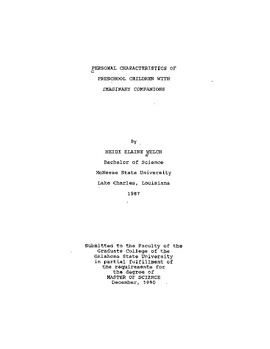Do you have a trouble to find 'imaginary companions dissertation'? You will find your answers right here.
Table of contents
- Imaginary companions dissertation in 2021
- Down syndrome and imaginary friends
- Are children who create imaginary companions psychologically disturbed?
- Imaginary companions psychology
- Imaginary friends coping mechanism
- Adhd and imaginary friends
- Imaginary friend explained
- Trauma and imaginary friends
Imaginary companions dissertation in 2021
 This picture illustrates imaginary companions dissertation.
This picture illustrates imaginary companions dissertation.
Down syndrome and imaginary friends
 This image demonstrates Down syndrome and imaginary friends.
This image demonstrates Down syndrome and imaginary friends.
Are children who create imaginary companions psychologically disturbed?
 This picture demonstrates Are children who create imaginary companions psychologically disturbed?.
This picture demonstrates Are children who create imaginary companions psychologically disturbed?.
Imaginary companions psychology
 This picture shows Imaginary companions psychology.
This picture shows Imaginary companions psychology.
Imaginary friends coping mechanism
 This picture illustrates Imaginary friends coping mechanism.
This picture illustrates Imaginary friends coping mechanism.
Adhd and imaginary friends
 This image illustrates Adhd and imaginary friends.
This image illustrates Adhd and imaginary friends.
Imaginary friend explained
 This picture shows Imaginary friend explained.
This picture shows Imaginary friend explained.
Trauma and imaginary friends
 This image demonstrates Trauma and imaginary friends.
This image demonstrates Trauma and imaginary friends.
How are imaginary friends related to child development?
In addition, imaginary companions also serve as a means for children to experiment with and explore the world. In this sense, imaginary companions also relate to Piaget’s theory of child development because they are completely constructed by the child.
What makes an imaginary friend an imaginary companion?
An imaginary companion can be considered the product of the child's creativity whereas the communication between the imaginary friend and the child is considered to be the process.
Can a real person have an imaginary friend?
Description. However, some psychologists will define an imaginary friend only as a separate created character. Imaginary friends or imaginary companions can be people, but they can also take the shape of other characters such as animals or other abstract ideas such as ghosts, monsters or angels.
Last Update: Oct 2021